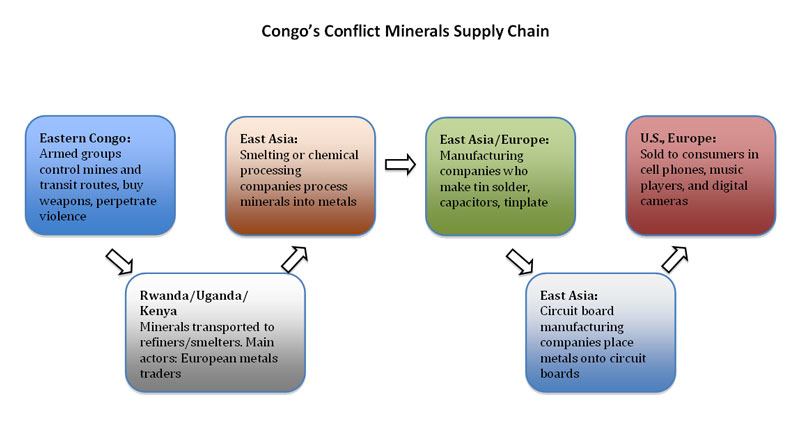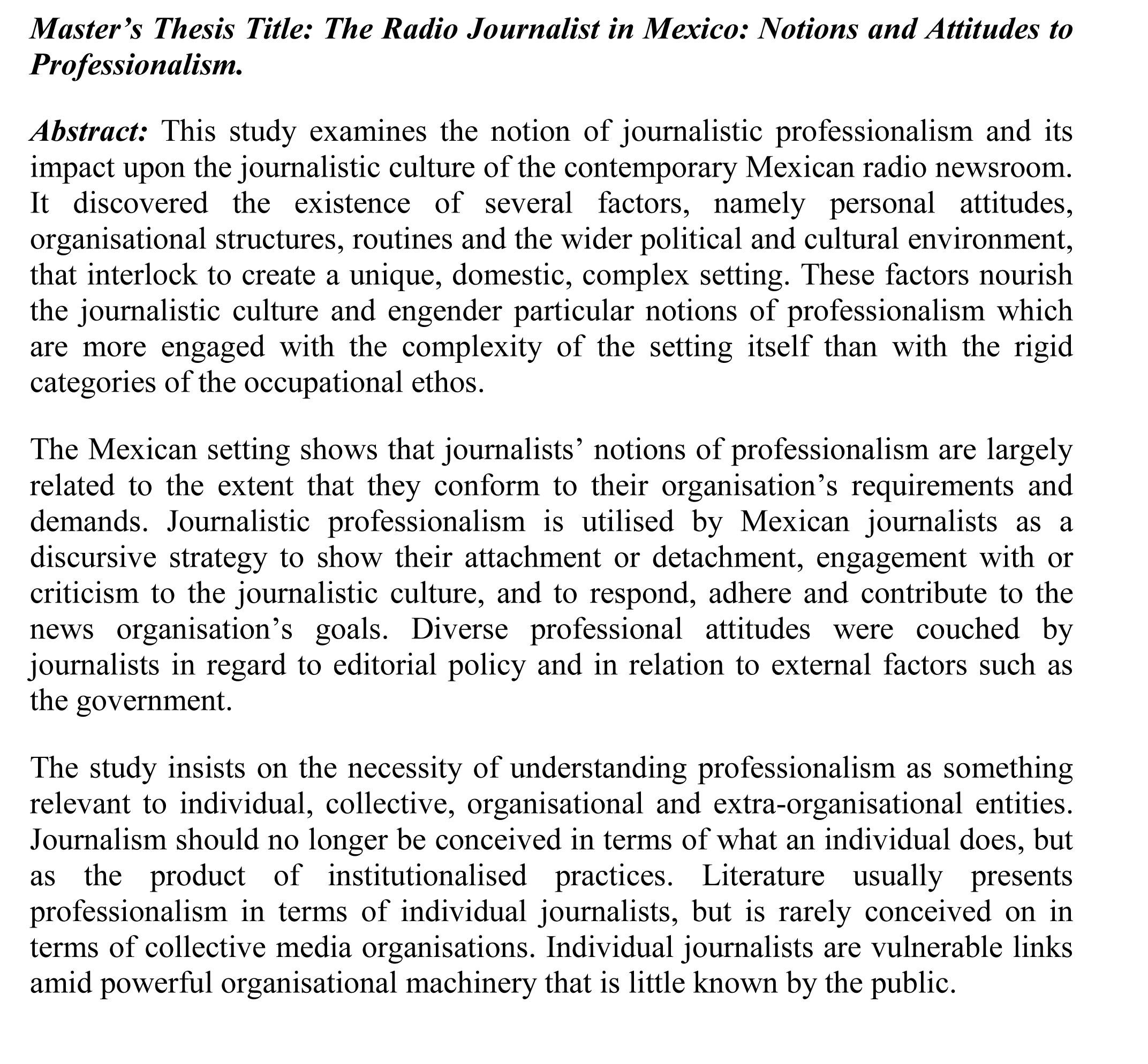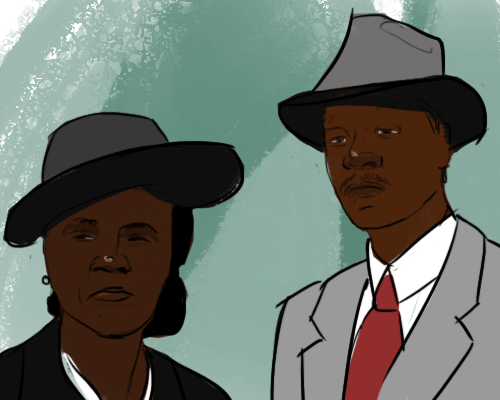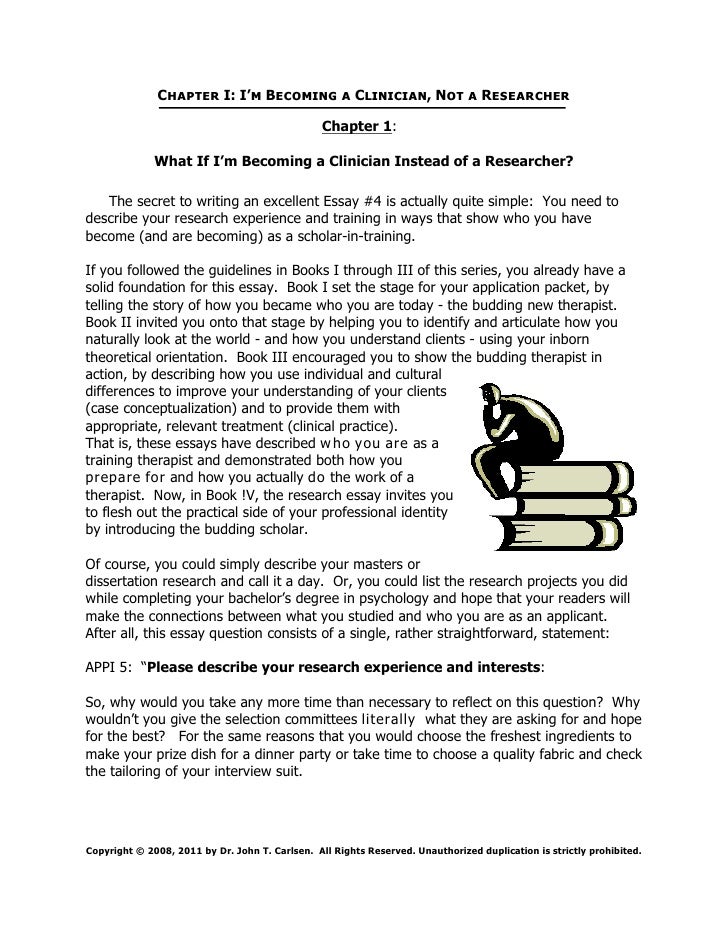Intraoperative and Postoperative Complications of Hypothermia.
Consequently, warming blankets (forced air warming or electrical resistance) must be utilized concurrently to prevent intraoperative hypothermia. Since water has much greater heat capacity than air, it may be hypothesized that water systems would supply a great amount of heat. However, similar to electrical resistance systems, direct contact.
A forced-air warming blanket should be placed to prevent intraoperative hypothermia and even induce rewarming. Full-body or half-body blankets are available, and this convection-based device is by far the most effective system for perioperative warming.

Forced-air warm-ing units commonly are used to prevent hypothermia. This study examined the impact of adding preopera-tive warming (Bair Paws, 3M) to conventional intraop-erative forced-air warming modalities. Thirty patients received both preoperative and intraoperative forced-air warming, and 30 patients received intraoperative warming alone.

In this study, we aimed to compare the effects of forced-air warming upper body blankets and forced-air warming underbody blankets on intraoperative hypothermia in patients who were planned to.

Forced-air warming (or convective warming), and conductive warming modalities are the two primary methods of patient warming in the U.S., but they warm in very different ways. Forced-air warming utilizes the properties of convection and radiation. Heat transfer results from the movement of warm air across the surface of the patients skin, which.

Peri-operative hypothermia is an important condition for veterinary professionals to understand and avoid. There are numerous measures that can be taken to avoid peri-operative hypothermia. The use of forced air warming (FAW) is a common and effective method used in veterinary practice.

Preoperative forced-air warming is one way of preventing inadvertent perioperative hypothermia. There is scant evidence, however, on the best warming method or the acceptability of these methods to patients. This pilot study compared two warming protocols: one that commenced at maximum temperature and was titrated down as requested (A) and one that commenced at near body temperature and was.

Key words: Postoperative, warming, forced-air warming, radiant heat, hypothermia, rewarming. Introduction Postoperative hypothermia is a common occurrence for surgical patients and can be associated with a higher morbidity and mortality rate. 3 Current literature recommends a number of rewarming methods to counteract hypothermia in the immediate postoperative period.

Background: Postoperative hypothermia in elderly patients is a well-known serious complication as it impairs wound healing, induces coagulopathy, increases the risk of blood loss, enhances oxygen consumption, and precipitates cardiac arrhythmias. We conducted this randomized controlled trial to evaluate the effect of a forced-air warming system on rewarming elderly patients undergoing total.

Efficacy of forced-air warming for preventing perioperative hypothermia and related complications in patients undergoing laparoscopic surgery: A randomized controlled trial: Forced-air warming.

Inadvertent perioperative hypothermia is associated with morbidity leading to prolonged recovery and hospitalisation, increased incidence of wound infections, increased risk of morbid cardiac events and increased bleeding during and after surgery. Guidelines for the prevention of perioperative hypothermia have been issued, but there is uncertainty as to the most effective means of preventing.

There are many different techniques to minimize hypothermia during the perioperative period, but forced-air warming is used for many surgical patients. Forced-air warming has been shown to be effective during the intraoperative period; however, many institutions do not utilize this therapy in the preoperative setting. A systematic review was.

Perioperative normothermia can be achieved by utilizing warming devices. These include by either heating and humidifying inhaled gases or warming the organic structure by utilizing heated covers, forced air covers and fluid heaters. Increasing room temperature is besides of import, particularly when the patient is exposed during skin readying.



